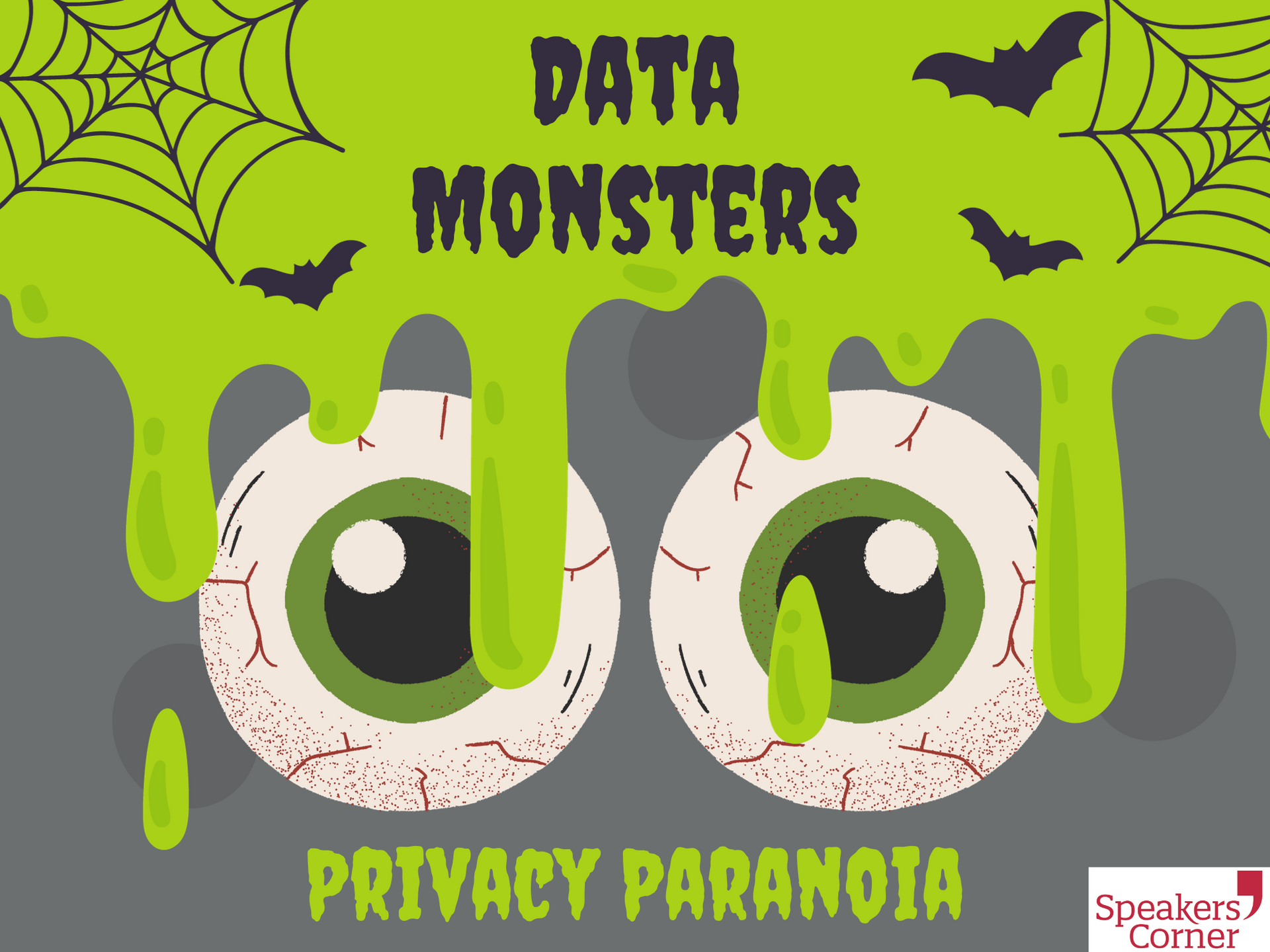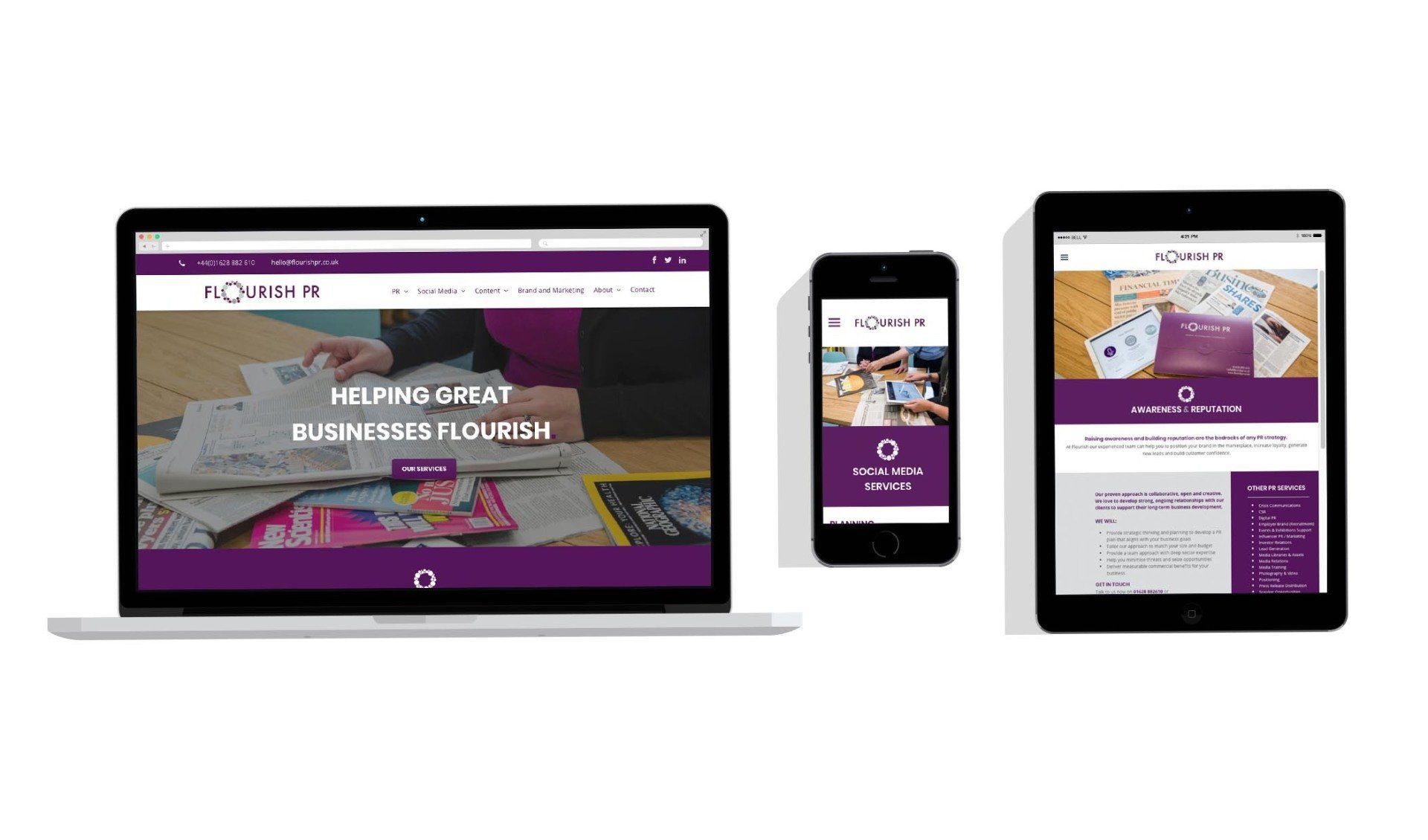By Rhys Payne
•
October 25, 2023
In the current digital era, big data has become an important and valuable resource for individuals, organisations and governments. It refers to the massive volume of data collected from various sources, including: social media, online transactions, sensors etc. Although big data holds immense potential for innovation and insights, it also raises huge issues related to privacy. How is Big Data Collected and Used? With the rise of social media and eCommerce, the total volume of data generated was 64.2 zettabytes in 2020 ; it’s predicted to reach 181 zettabytes by 2025. A large part of this data consists of consumer data, and there are three types of this data: First Party Data: data collected directly from users by organisations. Second Party Data: data shared by another organisation about its customers. Third-Party Data: data that’s been aggregated and rented or sold by organisations that don’t have a connection to your company/users. The collection and usage of big data are done through various means: Social Media Activity: social network users, on average, spend 2-3 hours daily . This is considered to be the main supply of unstructured data in the form of video, audio, photo, texts etc. Therefore, big data tools are required to process the content shared on social media as well as gather data on user activity. This will allow companies to identify social media trends and gain insights, which can be used to make engagement decisions such as which users to target with campaigns. Analytics: Big data and online marketing analytics are very much intertwined, with big data providing the raw material and online marketing analytics techniques extracting insights and enabling data driven decision making in marketing strategies. The biggest eCommerce companies, such as Amazon and eBay serve millions of customers on a daily basis and generate vast amounts of data as a by-product. Thus, these companies can tailor content, offers and recommendations on websites, emails, and other marketing channels to provide a more relevant and engaging experience. This process is adopted by Spotify, which generates song and playlist recommendations based on user listening habits. Furthermore, the medical sector analyses large datasets of clinical data and other relevant info; hence it emphasises how big data is helping healthcare providers to identify targeted treatments for patients with complex medical conditions. Loyalty Programs and Codes: This is a popular way amongst retailers to build loyalty and collect vast amounts of valuable data, giving companies the scope to create buyer profiles through the analysis of this data. From healthcare to finance, all the way to retail, big data has transformed how industries function and has been used in the following ways: Personalised Recommendations: retailers use big data collected by consumers, such as: customer data, browsing history, purchase behaviour etc., to personalise their shopping experience. As a result, it allows retailers to include personalised recommendations and targeted promotions to ensure a more tailor made consumer experience. Analytics: businesses from different sectors analyse vast amounts of data to inform their decision making. For example, healthcare organisations analyse large volumes of data to gain valuable business insights into population health patterns, disease prevalence and treatment efficiency. Furthermore, retailers leverage big data to analyse market trends, customer preferences and competition data to gain insights into consumer demand and make informed decisions. Additionally, media companies may analyse data on user behaviour and content consumption patterns can predict the box office performance of upcoming movies and make investment decisions on new TV shows. Fraud Detection: many industries use big data analytics to detect and prevent fraud. For instance, banking institutions can analyse historical data, transaction history and behaviour patterns to take proactive measures to prevent and mitigate risks in the future. Privacy Risks Associated with Big Data However, with big data comes an inevitable threat to data security and privacy issues. Privacy Breaches: With the rise of personalised marketing and the collection of vast amounts of data from companies, it becomes harder to store and increases the likelihood of data breaches. This leads to leaks of important personal info. Surveillance: big data analytics enable extensive monitoring and surveillance capabilities which leads to concerns about mass surveillance and potential abuse of power. 3rd Party Data Sharing: Big data often involves the sharing of data with 3rd parties such as advertisers, marketers or data brokers. This may occur without individuals' knowledge/consent and leads to a loss of control over personal info. How to Mitigate Privacy Risks Addressing these privacy issues requires a multifaceted approach that involves legislation, industry practices and individual awareness. Here are the methods that each key stakeholder can implement to minimise privacy risks: Governments: governments can encourage organisations to adopt “Privacy by Design” principles. Here, organisations are required to integrate privacy considerations into the design and development of systems and processes from the outset. This includes: incorporating privacy controls, anonymising data and implementing strong security measures. Also, governments can work together to establish international frameworks to facilitate cross border data protection. Organisations: implementing more robust data security measures will ensure that organisations better safeguard personal data from unauthorised access; this could involve encryption and regular security audits. Furthermore, organisations should stay updated on the best practices for data protection and respond promptly to emerging data threats. Individuals: individuals should look to read and understand the privacy policies of the platforms that they use and evaluate whether it’s safe to continue sharing their data. In addition, individuals should regularly review and adjust privacy settings on social media platforms and evaluate whether the requested access to their data is necessary for the app’s functionality. In today’s digital era, the emergence of big data has brought tremendous opportunities for innovation and progress. However, it raises significant concerns regarding privacy. As organisations and governments harness the power of big data to drive decision making, it becomes increasingly important to address the issues surrounding privacy. Hence, a speaker who is proficient in the world of big data can help your organisation to better understand the complexities surrounding it.




















